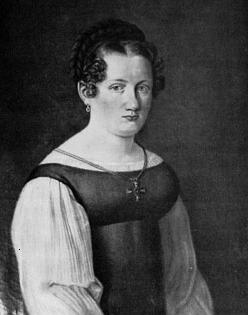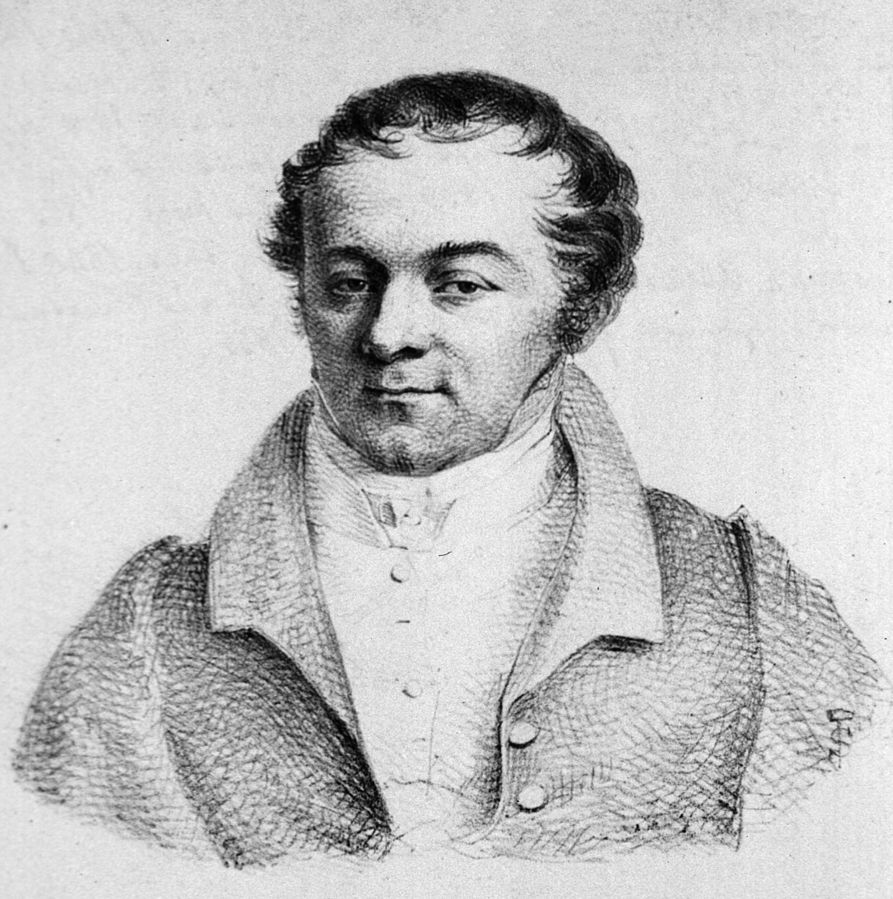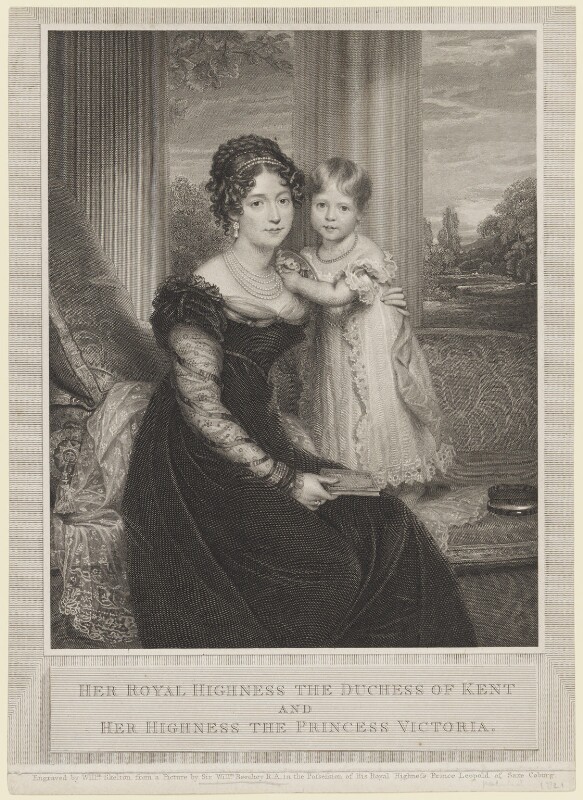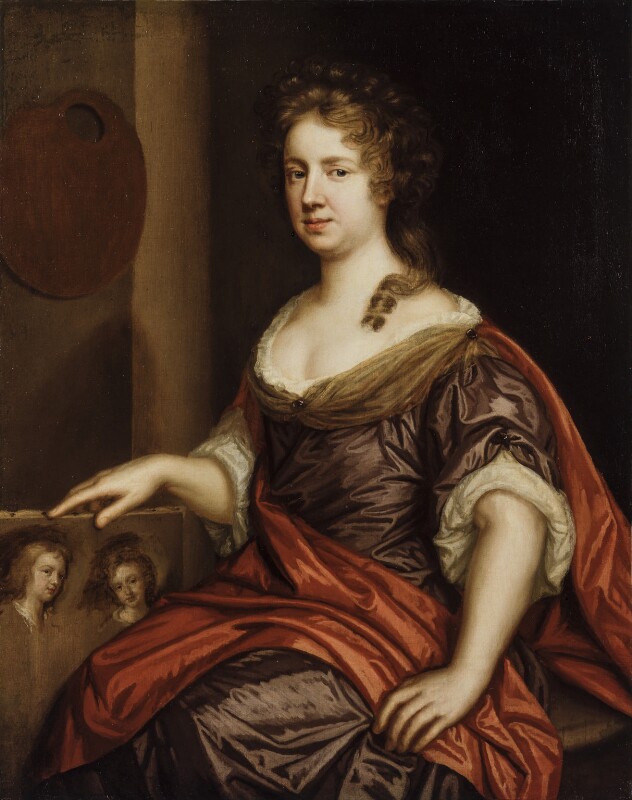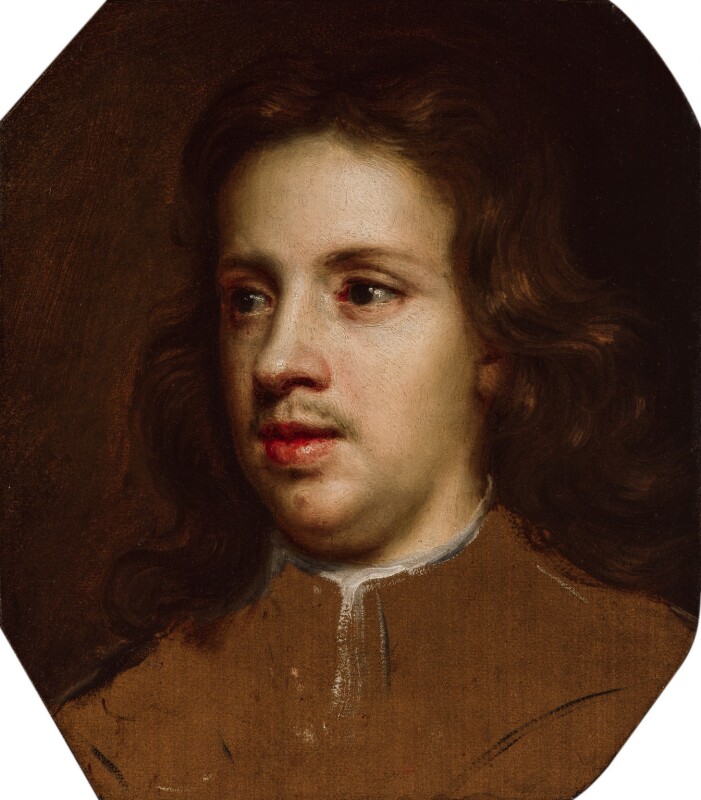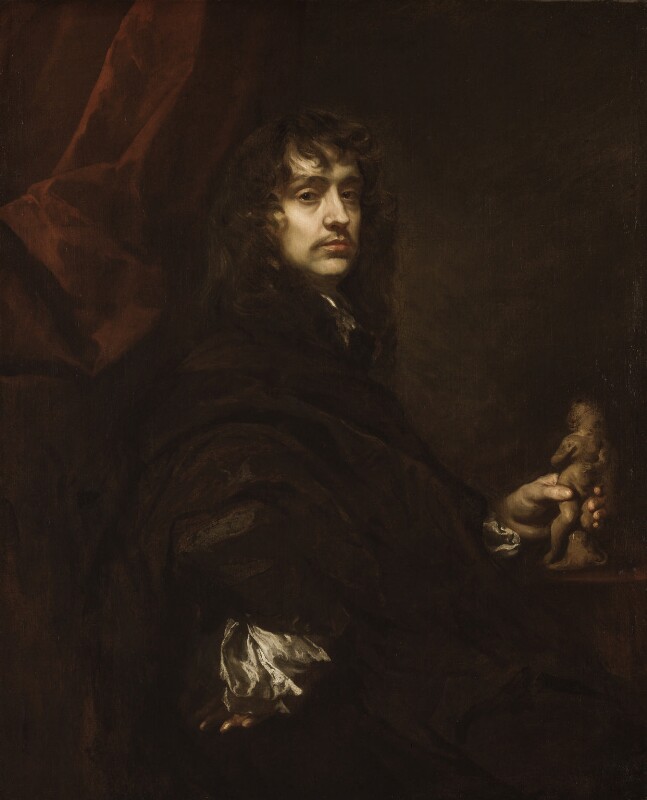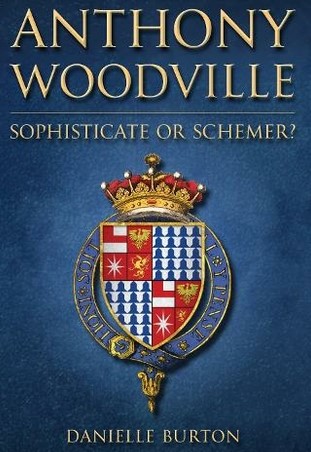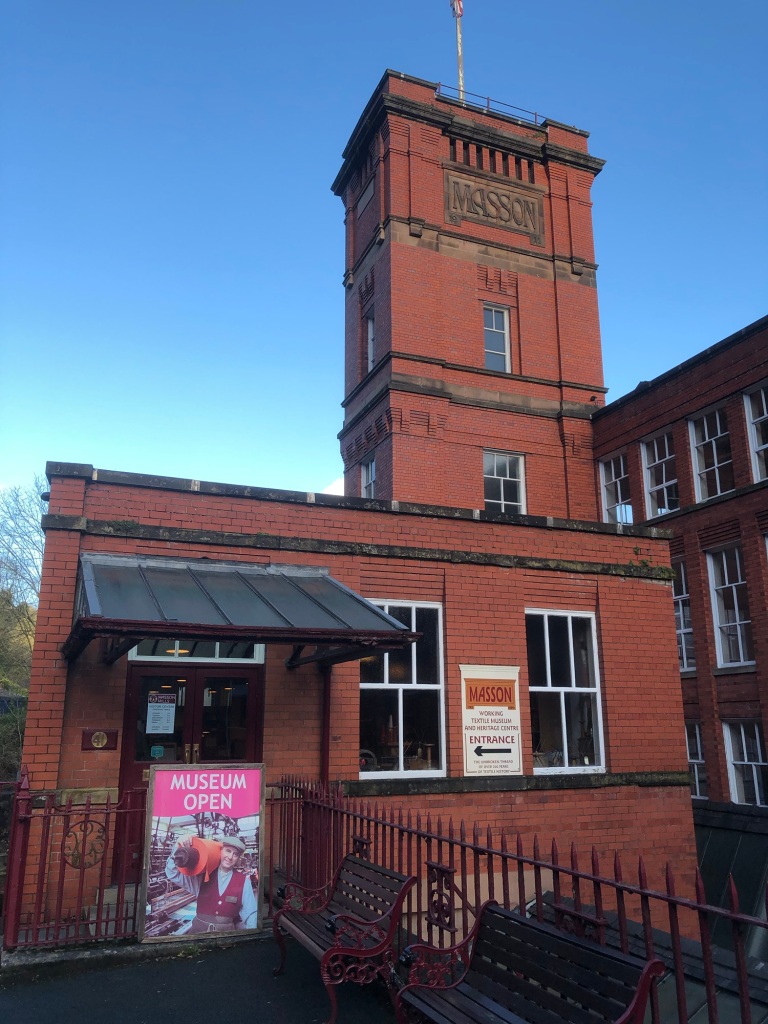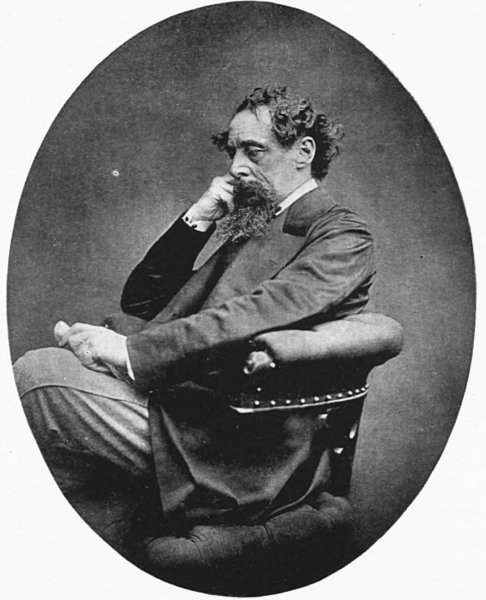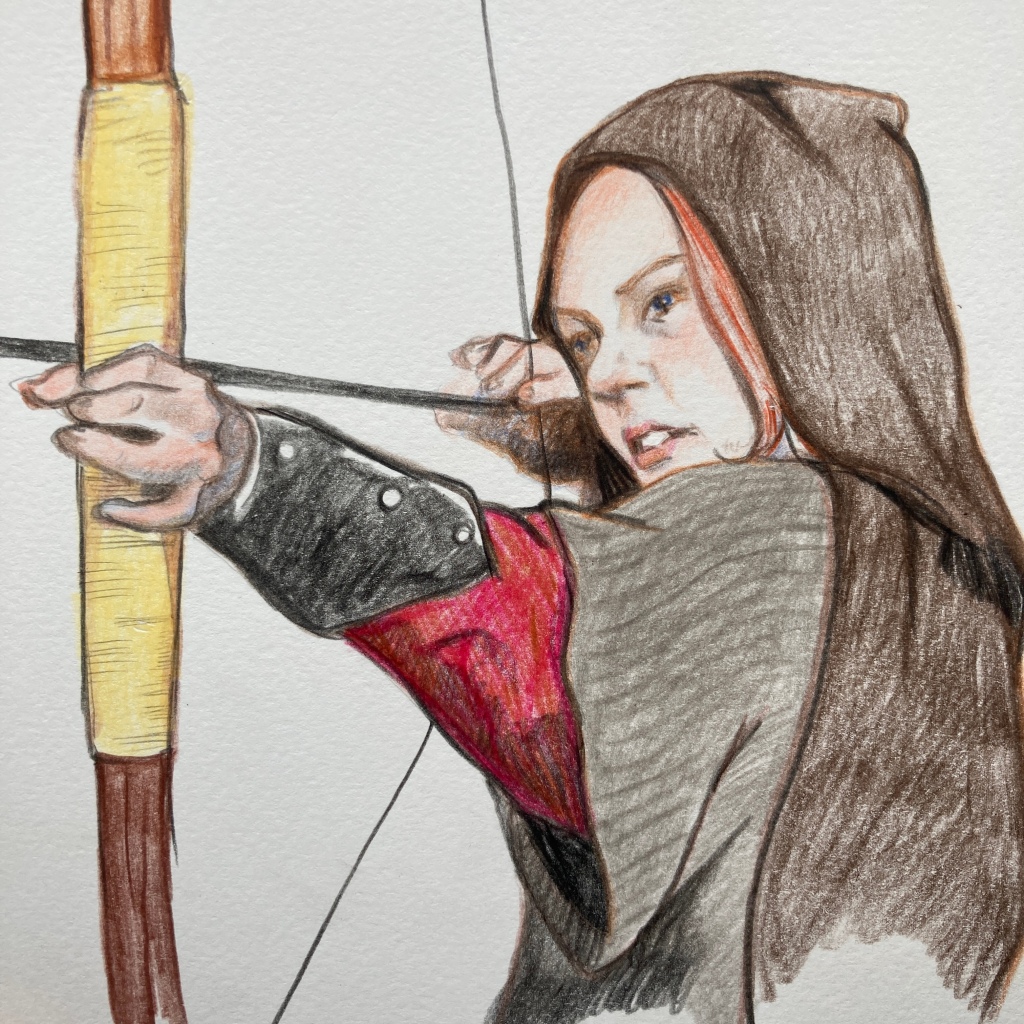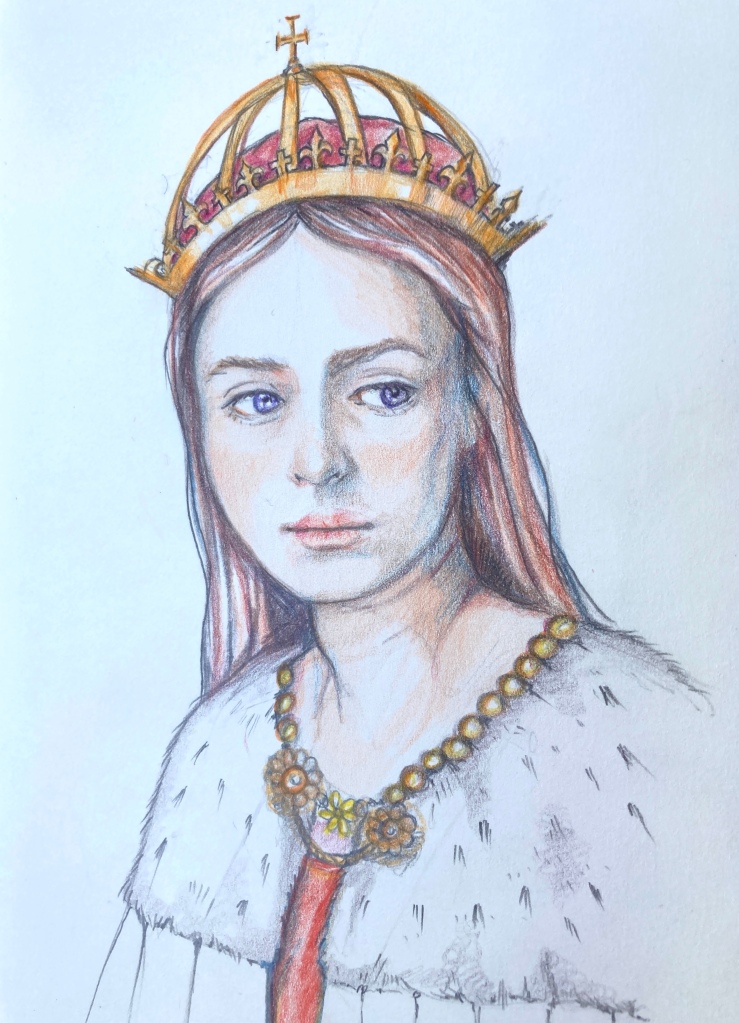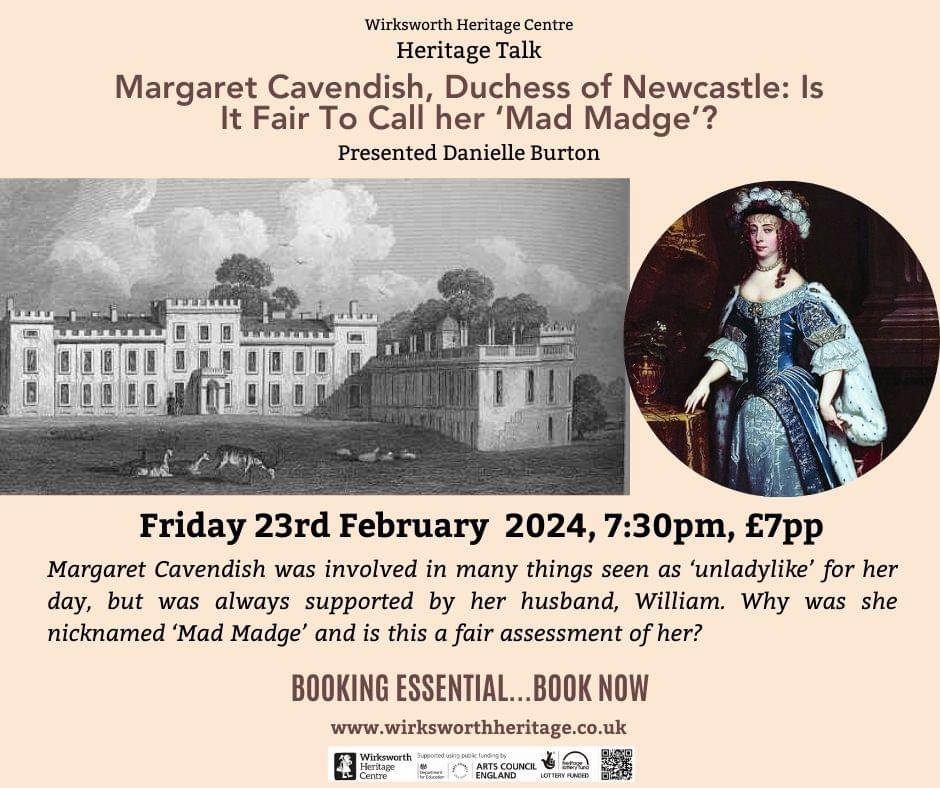This post is the second in a two-part series on smuggling. The first, about Thomas Johnstone, smuggler, privateer, and all-round Jack-the-Lad, can be found here.
Smuggling has inherited a somewhat romantic reputation. Whilst some who participated in the smuggling of contraband did so as whole communities just wanting items to make their lives a little better, there were others who enjoyed the power and violence that came along with it. One of the most notorious gangs that fell into this category was the Hawkhurst Gang who largely operated on the Kent and Sussex coast. Their reign of terror involved violence, torture and extortion. They certainly weren’t the type of men you’d like to meet on a dark night, especially not when they were on the job.
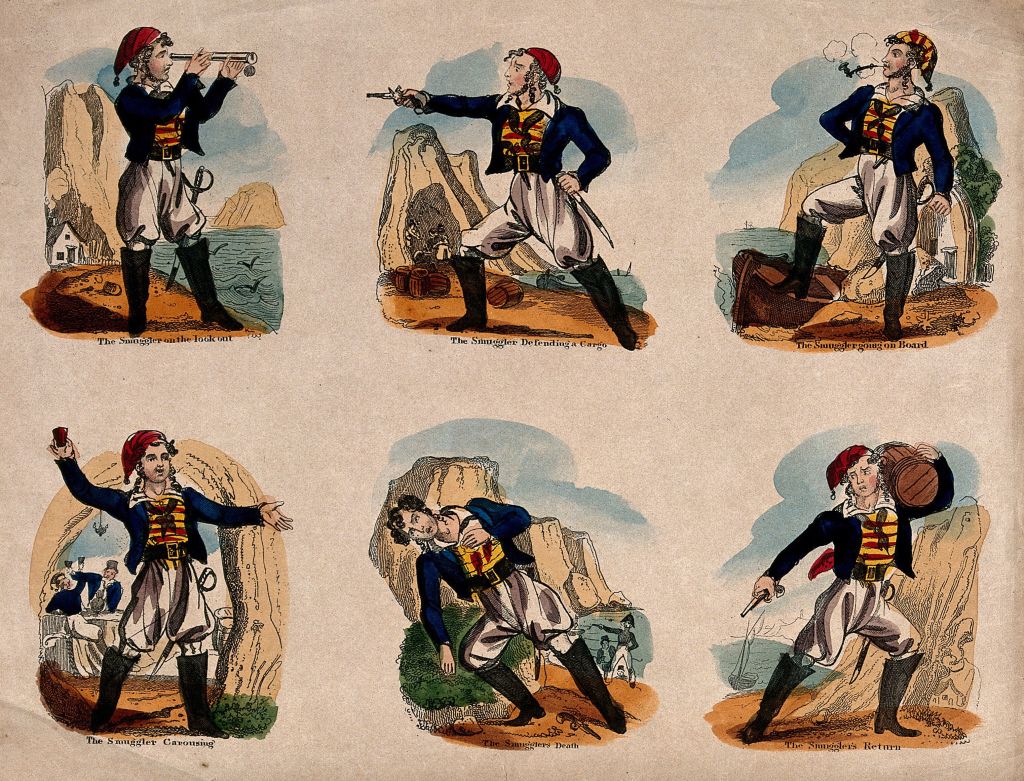
The Hawkhurst Gang took their name from the Kent village of Hawkhurst, which is close to the border with East Sussex. They operated from 1735-1749 and mainly sold their contraband around Kent and Sussex and even took items up to London. At their height, it has been claimed that they could call on up to 500 men to help them distribute a haul.[1] It also helped that there were churches and pubs along the route that could easily stash contraband if necessary.[2] The area of Kent they frequented was marshland, which also meant it was hard for revenue men, who may not be as knowledgeable about the lay of the land, were put off from searching the area for goods that were hidden in what was known as ‘hollow ways’, or patches of dry land accessible along the marsh if you knew where to look.[3]
All of these circumstances, along with the rule by fear and terror that the Hawkhurst Gang operated in, meant that the members had begun to think themselves somewhat unbeatable. With the amount of profit flooding in, so much so that the brothers who ran operations, Arthur and William Gray, were both able to acquire and build large houses, it is easy to see why.[4] Even more so when the level of violence and force against citizens, customs officers and other smugglers began to increase.
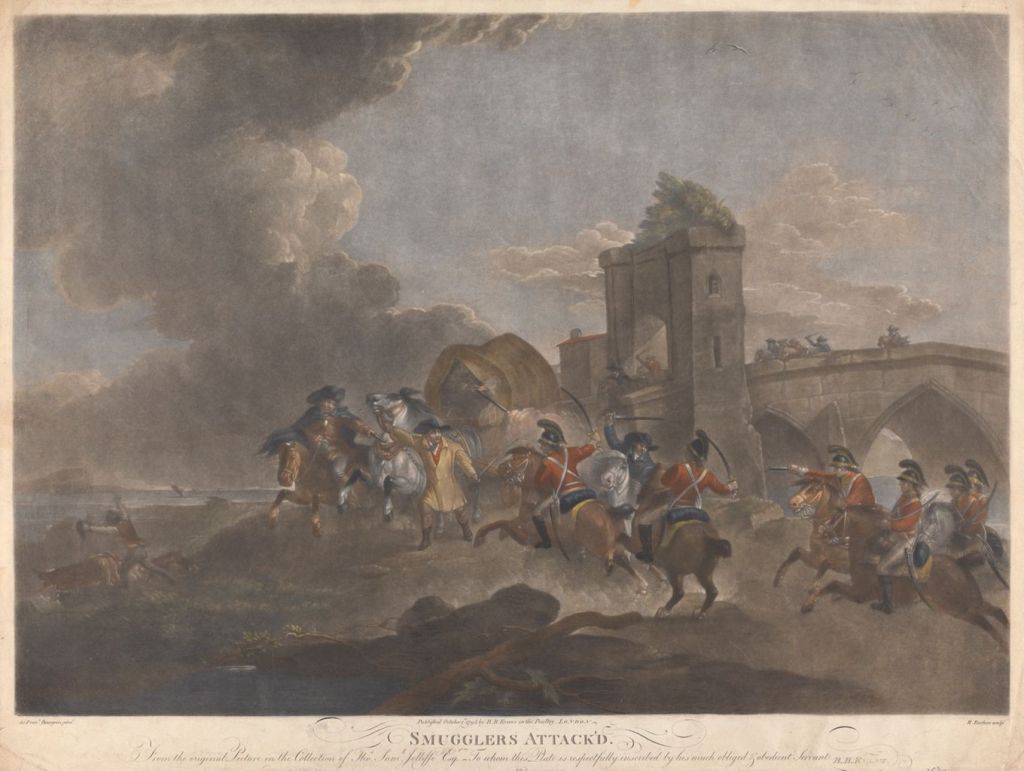
It is no wonder then, that the citizens of the villages of Kent, in the gang’s heartlands, had had enough by April 1747. The villagers of Goudhurst decided to stage a rebellion to try and remove the gang’s influence over their community. This rebellion was led and organised by William Sturt, a local militiaman. The group that formed was to be known as the Goudhurst Band of Militia.[5] Unfortunately, the gang had heard rumours of this group being formed against them and kidnapped and extorted the truth from a villager who was involved in order to find out detailed plans that were being formed.[6] In retaliation, the Hawkhurst Gang threatened to burn down the entire village. Even these threats didn’t deter the fed up villagers. Instead, they stood firm and barricaded the village and armed themselves in preparation for the showdown that was to come.[7] The strong fight the villagers put up actually put the gang members into retreat, especially as they managed to kill three of them.[8] The villagers of Goudhurst had won the day!
It was instances like this that was to mark the beginning of the end for the Hawkhurst Gang. Their acts of violence, intimidation, extortion and threat that had only increased in the 1740s had gone too far. Citizens and authorities had just had enough. In fact, it was these types of actions that would ultimately mean their downfall and disbandment, starting in October 1747, when some of the members were returning from the Channel Islands with a cargo of tea, but were caught by a revenue clipper, which took the men and their goods to Poole in Dorset.[9]
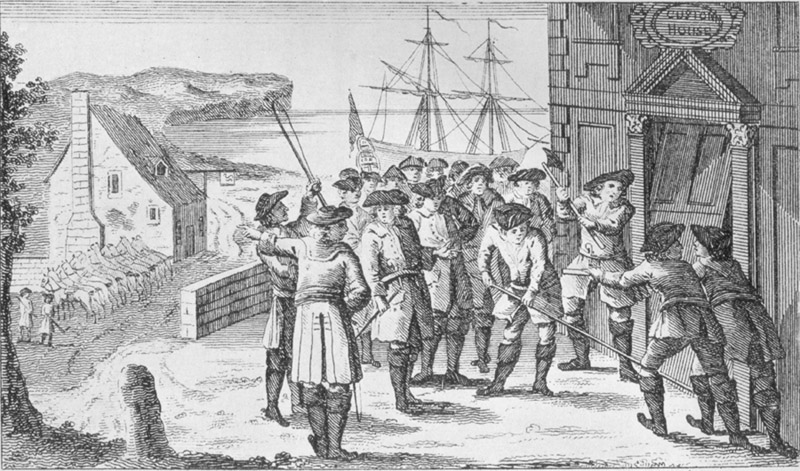
The goods were seized for the contraband they were and taken to the Customs House for confiscation. Of course from the Hawkhurst perspective, this act against them by the revenue men couldn’t go unpunished and they made plans to recover the confiscated tea. Around 60 armed men were gathered to make the raid on the Customs House, half as lookouts and scouts, the rest were to recover the tea. They had managed to successfully complete their mission as they had supplied enough men to scare off any opposition.
Even though the gang had recovered their tea, it was not the end of this saga, even if they thought it was. Months later, two men, a revenue man named William Galley and Daniel Chater, a shoemaker who had identified one of the gang members known as Diamond, who had been arrested and jailed at Chichester. The pair had been travelling to identify Diamond when the Hawkhurst Gang caught up with them at an inn. There was no getting out of it alive for Galley and Chater, who were both taken from the inn, tied to horses and taken back to the gang’s heartlands. Galley was killed and placed in a hastily dug hole in woods, where as Chater was tortured prior to being killed by being hanged from a well. Both of these were brutal murders.

The gang must have thought they had gotten away with things because despite concerns as to what might have happened to the men, nothing could pin their disappearances on them. That was until an anonymous letter, probably from a local with a conscience, was written, giving the exact location of Galley’s body and who had done it.[10] The net began to close in and 9 men were arrested, with some turning evidence in an attempt to save their own necks at the special assizes put on in Chichester to try the smugglers.[11] Further members were later executed too. Two, including Thomas Kingsmill, brother of one of the gang members killed in the Goudhurst rebellion, was hanged at Tyburn in London, but his body was brought back to Kent, with his putrid body being placed in a gibbet for all to see and take warning from.
It was this last act of major violence that ended the gang and quite rightly too, but sadly it meant the end for Galley and Chater in such a terrible way. There were other smuggling gangs, but not many as large or violent as that of the Hawkhurst Gang, but they are an example of exactly why smuggling was definitely not the romantic profession that has been somewhat passed down to us.
[1] Helen Hollick, Life of a Smuggler: Fact and Fiction (Barnsley and Philadelphia: Pen and Sword, 2019), p. 50
[2] Ibid
[3] Bexhill Museum, ‘Smuggling Gangs’, https://www.bexhillmuseum.org.uk/access-centre/smuggling-in-bexhill/smuggling-gangs/
[4] Helen Hollick, Life of a Smuggler, p. 50
[5] English’s Reminiscences of Old Folkestone Smugglers and Smuggling Days (Folkestone: John English, 1888), p. 72
[6] Ibid
[7] Helen Hollick, Life of a Smuggler, p. 51
[8] English’s Reminiscences of Old Folkestone, p. 72
[9] For what follows, please see English’s Reminiscences of Old Folkestone, pp. 67-71
[10] Portia Tremlett, ‘The Hawkhurst Gang’, The Novium Museum, https://www.thenovium.org.uk/article/28843/The-Hawkhurst-Gang
[11] Ibid; English’s Reminiscences of Old Folkestone, pp. 70-71



